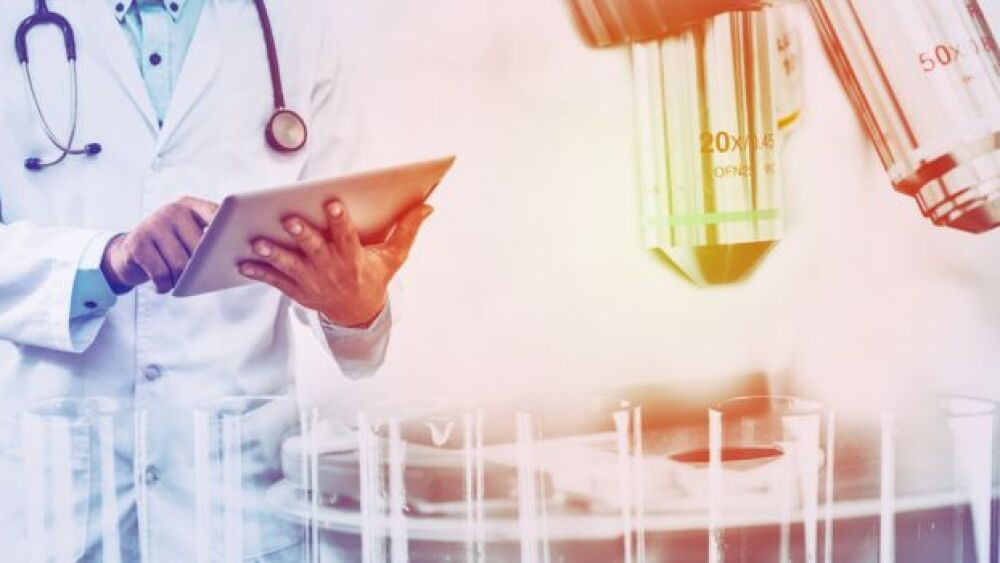Fluid management is a method that helps control urinary incontinence, the unintended loss of urine suffered by an estimated 32 million adults, according to the new edition of Harvard Medical School’s Special Health Report Better Bladder and Bowel Control. Incontinence is a medical condition that can progress to the point where it is difficult to maintain good hygiene and carry on ordinary social and work life.
There are many causes of incontinence. Most often, it is the result of damage from childbirth in women and from prostate problems in men. A diagnosis from your doctor will help determine a course of treatment. But for most people with urinary incontinence, some form of fluid management can help. You can use the following fluid-management techniques along with treatments recommended by your doctor:
• Keep track of how much fluid you drink each day and at what time.
• Try to drink only when you feel thirsty, and don’t exceed six to eight 8-ounce cups of fluid per day from all sources, including soup or milk in your cereal, unless you have a medical condition that requires more. Note that an 8-ounce cup is only two-thirds of a standard soda can.
• Don’t drink more than 8 ounces at a time.
• Don’t guzzle. The faster your bladder fills, the more likely you are to feel urgency to urinate.
• Minimize caffeinated and carbonated drinks.
• Decrease or eliminate alcohol consumption.
• If you are thirsty because it is hot or you have exercised, don’t hesitate to drink water.
• Lastly, fill your glass only two-thirds as full as you usually do. One study showed that this technique alone helped reduce episodes of incontinence.
Also in this report:
• Treating urinary incontinence
• Neurological strategies for overactive bladder
• Treating fecal incontinence: Pelvic muscle exercises and biofeedback
Better Bladder and Bowel Control is available for $18 from Harvard Health Publications, the publishing division of Harvard Medical School. Order it online at www.health.harvard.edu/Bladder2011 or by calling 877–649–9457 (toll-free).




